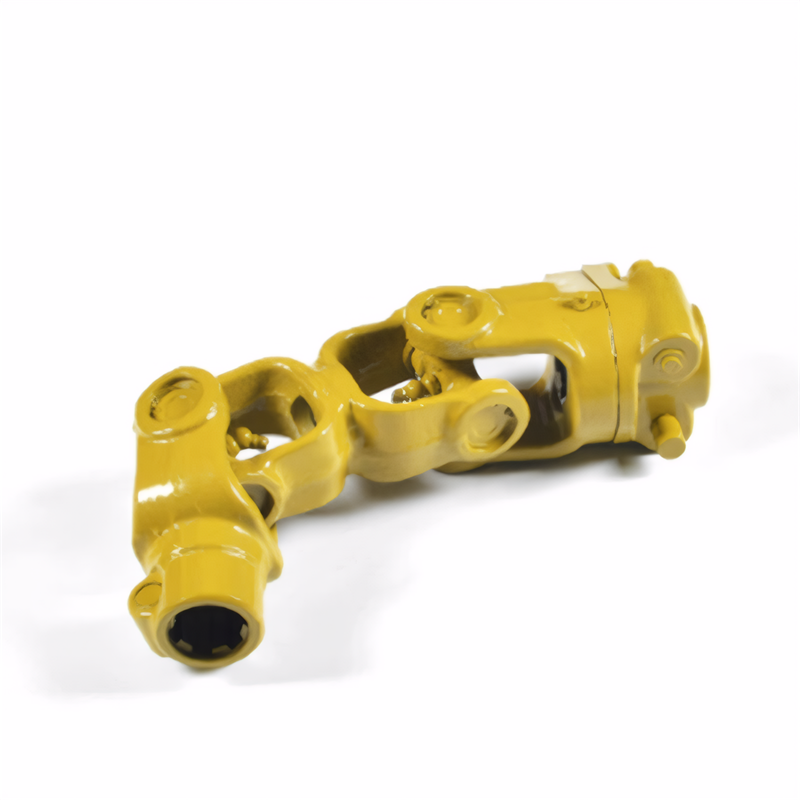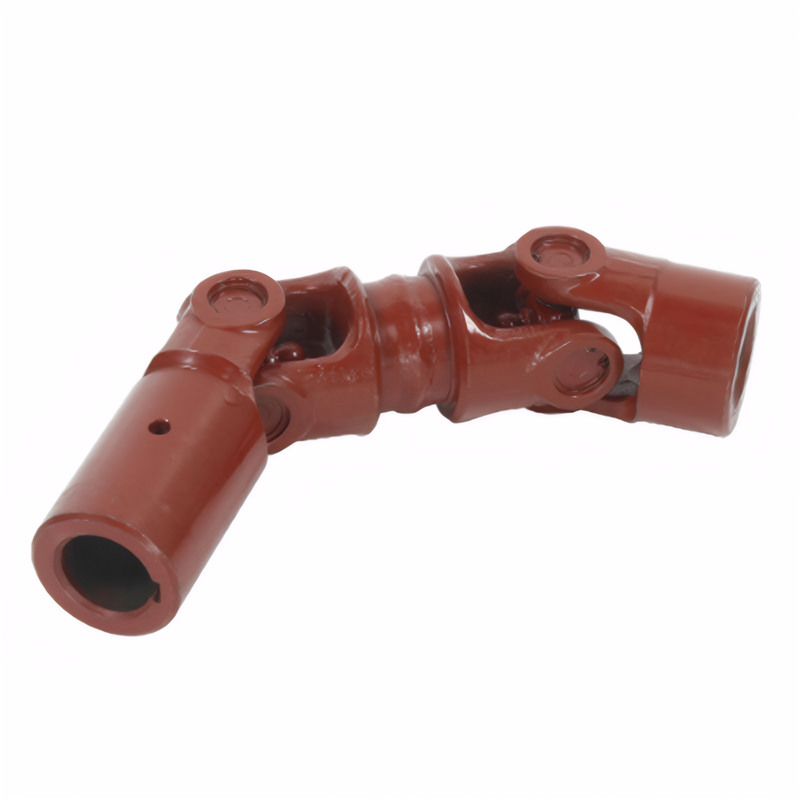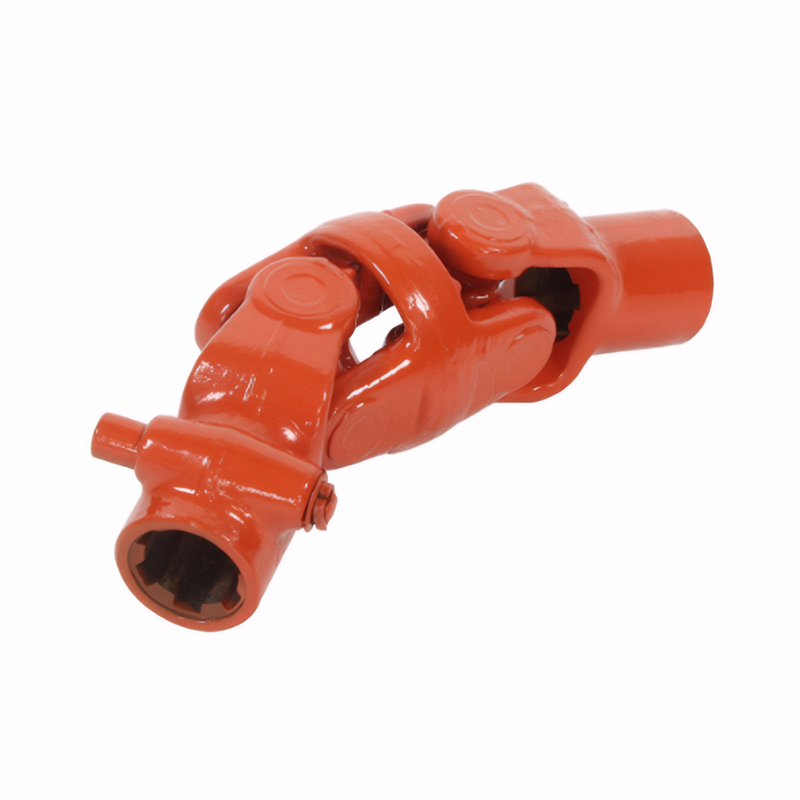Key points of CNC processing services for plastic products in the correction technology of drive shaft bending
Corrective Techniques for Bent Transmission Shafts
Mechanical Pressing for Minor Bends
When a transmission shaft exhibits a minor bend, mechanical pressing is a commonly used and straightforward correction method. This technique involves placing the bent shaft on a flat and stable surface, typically supported by V - blocks or similar fixtures to ensure proper alignment during the pressing process. A hydraulic or mechanical press is then employed to apply controlled pressure to the bent section of the shaft.
The key to successful mechanical pressing lies in the precise application of force. The press should be positioned accurately over the area of the bend, and the amount of pressure applied needs to be gradually increased. Starting with a relatively light force allows for the observation of the shaft's response. As the shaft begins to straighten, the pressure can be adjusted accordingly. It is crucial to avoid applying excessive force suddenly, as this can lead to further damage, such as cracking or even breaking the shaft. After the initial pressing, the shaft should be inspected for straightness using a dial indicator or similar measuring tools. If necessary, additional pressing operations can be carried out until the desired straightness is achieved.
Heat Straightening for Moderate Bends
For transmission shafts with moderate bends, heat straightening can be an effective solution. This method combines the application of heat with mechanical force to reshape the shaft. The first step is to identify the bent area accurately. Once located, the shaft is secured in a suitable fixture to prevent movement during the straightening process.
A local heating source, such as an oxy - acetylene torch, is then used to heat the bent section of the shaft. The heating should be done gradually and evenly, focusing on a specific area to avoid overheating and causing damage to the surrounding material. As the metal heats up, it becomes more malleable. At this point, a mechanical force, similar to that used in mechanical pressing, is applied to the heated area to straighten the shaft. The combination of heat and force allows for more significant deformation compared to mechanical pressing alone. After the shaft has been straightened to the desired level, it should be allowed to cool slowly in a controlled manner. Rapid cooling can introduce internal stresses and lead to new bends or cracks. Once cooled, the shaft should be inspected for straightness and any remaining defects.
Stress - Relief Annealing after Correction
Regardless of whether mechanical pressing or heat straightening is used to correct a bent transmission shaft, stress - relief annealing is an essential post - correction step. During the correction process, internal stresses are introduced into the shaft material due to the deformation and application of force. These stresses can weaken the shaft and make it more susceptible to future bending or failure.
Stress - relief annealing involves heating the entire shaft to a specific temperature, typically below its critical transformation temperature. The exact temperature depends on the type of material the shaft is made of. Once the shaft reaches the desired temperature, it is held at that temperature for a certain period to allow the internal stresses to relax and redistribute evenly throughout the material. After the holding period, the shaft is cooled slowly, usually in a furnace or by covering it with insulating materials. This slow cooling process helps to prevent the formation of new stresses. By performing stress - relief annealing, the mechanical properties of the shaft are restored, and its long - term reliability and durability are improved.
Key Points for CNC Machining Services of Plastic Products
Precision Tool Geometry for Plastic Machining
The geometry of cutting tools plays a crucial role in the CNC machining of plastic products. Unlike metal machining, plastics have different physical properties, such as lower hardness and higher elasticity, which require specialized tool geometries. For example, when machining soft plastics like polyethylene, a tool with a sharp cutting edge and a high rake angle is preferred. The sharp edge reduces the cutting force required, minimizing the risk of material deformation, while the high rake angle helps in chip evacuation, preventing chip buildup and heat generation.
For harder plastics such as polycarbonate, a tool with a more robust geometry may be necessary. This could include a tool with a lower rake angle and a larger clearance angle. The lower rake angle provides better strength to the cutting edge, allowing it to withstand the higher cutting forces associated with harder materials. The larger clearance angle prevents the tool from rubbing against the workpiece, reducing heat and improving the surface finish. Additionally, the use of specialized coatings on the cutting tools can further enhance their performance by reducing friction and wear, extending tool life and improving machining quality.
Optimized Cutting Parameters for Plastic Materials
Setting the right cutting parameters is essential for achieving high - quality plastic CNC machined parts. The cutting speed, feed rate, and depth of cut need to be carefully adjusted based on the type of plastic being machined. For soft plastics, a relatively high cutting speed can be used to increase productivity, but the feed rate should be controlled to avoid excessive material deformation. For instance, when machining polypropylene, a cutting speed of 150 - 250 m/min and a feed rate of 0.05 - 0.15 mm/rev can be a good starting point.
For harder plastics, lower cutting speeds are often required to prevent overheating and tool wear. At the same time, the feed rate may need to be increased slightly to ensure proper chip formation. The depth of cut should also be considered carefully. A shallow depth of cut is generally recommended for plastics to reduce the cutting forces and minimize the risk of cracking or chipping. By optimizing these cutting parameters through trial - and - error or by referring to material - specific machining guidelines, high - precision plastic parts with smooth surface finishes can be produced consistently.
Effective Cooling and Lubrication in Plastic Machining
Cooling and lubrication are vital aspects of plastic CNC machining. Plastics are prone to heat - related problems during machining, such as melting, warping, and degradation. To prevent these issues, an appropriate cooling system should be in place. Water - based coolants are commonly used for plastic machining as they can effectively dissipate heat and keep the workpiece and cutting tool at a stable temperature.
In addition to cooling, lubrication is also important for reducing friction between the cutting tool and the workpiece. This helps in improving the surface finish of the machined parts and extending the life of the cutting tools. Some coolants also contain lubricating additives that provide both cooling and lubrication functions. The coolant should be applied in a way that ensures proper coverage of the cutting area. This can be achieved through flood cooling, where the coolant is sprayed directly onto the cutting zone, or through mist cooling, which uses a fine spray of coolant. The choice of cooling and lubrication method depends on the type of plastic, the machining operation, and the specific requirements of the application.
 Accuracy requirements for the
Accuracy requirements for the
 Selection of universal joint t
Selection of universal joint t
 Standard for coaxiality error
Standard for coaxiality error
 Requirements for the surface r
Requirements for the surface r
 简体中文
简体中文 English
English
